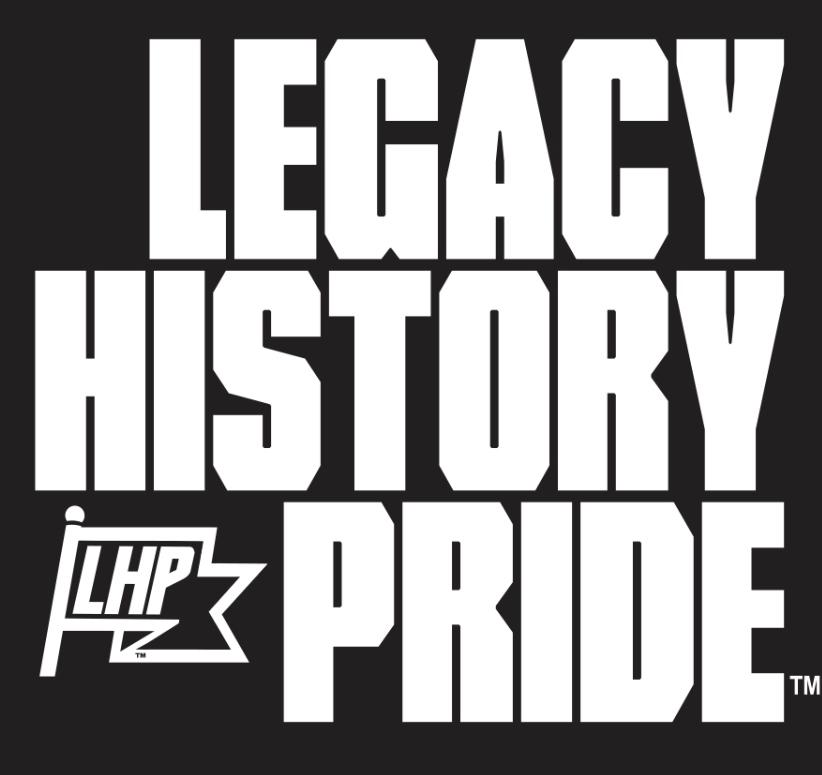HBCU Marching Bands

When thinking of HBCU marching bands, a few things may come to mind. The first being the famed 2002 Nick Cannon film Drumline, which focuses on the inner-workings of being a member of a black marching band. The movie features Clark Atlanta's Mighty Marching Panther Band and Morris Brown College's Marching Wolverines. You may think of a more recent event—Coachella 2018. Beyoncé brought along HBCU alumni from the legendary DRUMline Live group to perform alongside her during her groundbreaking performance. The band's look, sound, and energy made HBCUs a trending topic, garnering millions of views from festival attendees and social media. In 2017, Alabama State's marching band starred in their very own reality series called Bama State Style. HBCU marching bands have played in Super Bowls, for presidents, and at countless parades. What is it about these marching bands that people go crazy for? Unlike the bands of PWIs, HBCU bands are vital to a school's reputation. They create the soundscape of sporting events, homecomings and much more. At some schools, these members are even more popular than football and basketball players. Bands ARE the sporting event! School rivalry is intense between dozens of schools, with yearly championships like the Honda Battle of the Bands Invitational Showcase to determine who really is the best of the best.
HBCU marching bands are the fruit of a very long and interesting history of black marching bands that began in the military. Brass instruments became a staple of military bands by the 1860s, and all black regimens of the Union Army had their own brass bands. Having bands allowed these regimens to recruit through public appearances like parades. At the close of the Civil War, there were around 185,000 black men enlisted in the army. Afterward, marching bands became a beloved element of American society, with new bands cropping up frequently. Black Minstrel troupes were also on the rise, helping to circulate black styles of music and dance through elaborate parades. Between 1880 and 1910 was called the "Golden Age of the American Brass Band". With thousands of groups now playing music, a great many were concentrated in New Orleans. Because many young African Americans couldn't receive musical education, self-taught bands were chipping away at their own path. Their music possessed new elements of syncopation, call-and-response, polyrhythms, and melodies. These foundational characteristics still exist in contemporary R&B and hip-hop today.
With the beginning of WWI, bands were again formed in the military. There were a number of these bands who became famous, including all-black regimens like the "Harlem Hellfighters." When the war finally ended, military musicians sought out the music departments of newly forming academic institutions. Bands were now formed to raise money for the school. Though not confirmed, the earliest HBCU marching band is said to have formed at Tuskegee Normal School, the original name of the university. They were called the Tuskegee Normal School Brass Band. Following them, Alabama State, Florida A&M, and Kentucky State established their own marching bands. At first, bands stuck with a military mindset, supporting ROTC programs and the athletic department. However, in 1905 the University of Illinois chose to break away from the monotony of military exercise drilling. Their director, Albert Austin Harding, is considered one of the modern marching band pioneers, with his band forming letters, words, and other patterns on the field. According to Kappa Kappa Psi National Honorary Band Fraternity, there were a number of great HBCU directors who helped shape the modern black marching band. These included "Major Nathaniel Clark Smith", the first officially titled Band Director at an HBCU; Captain Frank Drye, a member of the "Harlem Hellfighters" who also led the bands at Tuskegee; Phillmore Mallard "Shorty" Hall, a Tuskegee graduate who went on to teach Dizzy Gillespie in North Carolina; and W.C Handy, who joined the faculty at Alabama A&M leading to the adoption of the minstrel band style into HBCU bands". Another legend that must not be forgotten is Florida A&M's Dr. William P. Foster, who changed the schematic even further for marching band performances. In 1946, Foster introduced modern dance moves to up-tempo styles of music like ragtime and jazz. This injected a new energy in the band and in the audience.
HBCU marching bands are known for their high energy showmanship by incorporating popular R&B and hip-hop hits into their intricate routines. People love mainstay American sports, but at HBCUs, watching and supporting your school's marching band is on a different level. While every HBCU's band offers something unique, there are a few bands that really show out in their performance styles. Some of these are Bethune-Cookman's Marching Wildcats, Southern University's Human Jukebox, North Carolina A&T's Marching Band, Jackson State's Sonic Boom of the South Band, South Carolina State's Marching 101 Band, and Alabama State's Mighty Marching Hornets.

